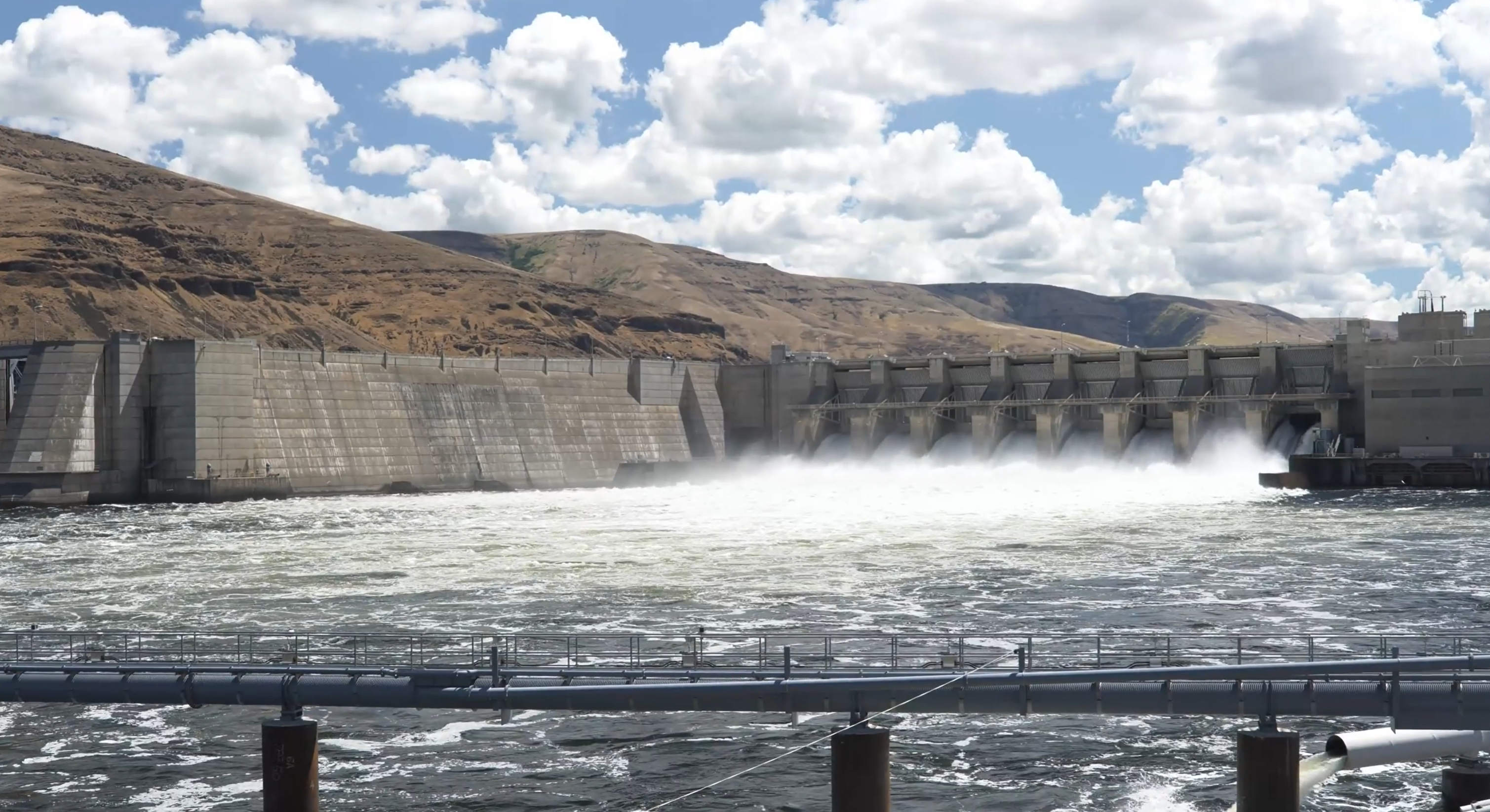Moving Wheat Efficiently Through the Columbia Snake River System
In the Pacific Northwest (PNW), wheat can move by barge to export elevators from as far away as Idaho. That is because of the series of eight locks and dams that make safe, efficient navigation possible on one of the leading trade gateways in the United States — the Columbia Snake River System.
The Pacific Northwest Waterways Association (PNWA) notes that over 8.6 million tons of cargo are moved by barge on the inland portion of the system, feeding the deep draft lower Columbia River. The Columbia Snake River System is the top wheat export gateway in the nation.
Serving Asia, Latin America
Idaho exports more than half of its wheat crop each year. The Port of Lewiston on the Snake River, the most inland U.S. port, is uniquely positioned to source that wheat for the six major PNW export elevators serving Asian and Latin American wheat markets. All aspects of the river system are essential for transporting wheat from farm to market. However, barging through the lower Snake River is the most efficient, affordable, and environmentally friendly way to get that wheat to export locations. For context, one 4-barge tow on this river system moves as much cargo as 144 rail cars or 538 semi-trucks.
An estimated 10% of all U.S. wheat exported every year moves through the four locks and dams on the lower Snake River. The Idaho Wheat Commission and its partners recently shared the short video below that tells the story of how the Columbia Snake River System works for the world’s wheat importers, for the U.S. farmers who grow that wheat, and for the people of the Pacific Northwest.
U.S. Wheat Associates (USW) will share more information about the crucial role of the Columbia Snake River System in future Wheat Letter posts.


